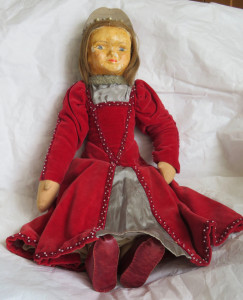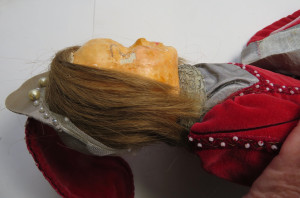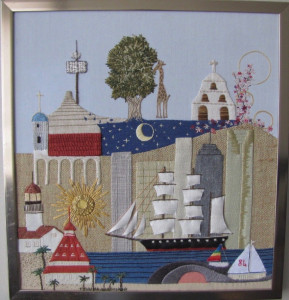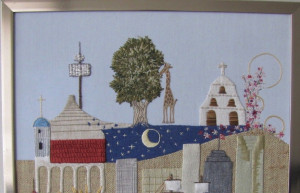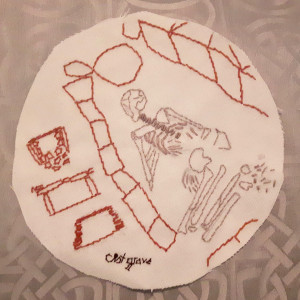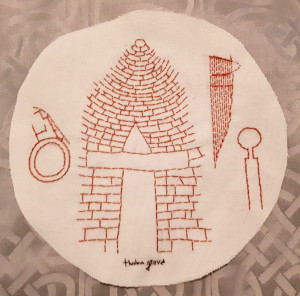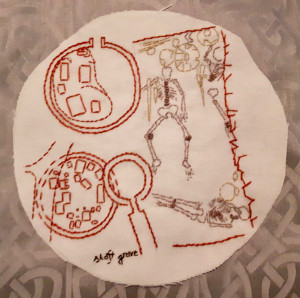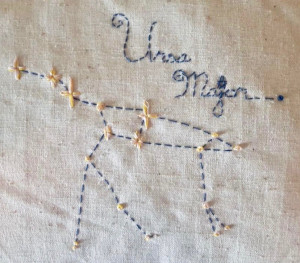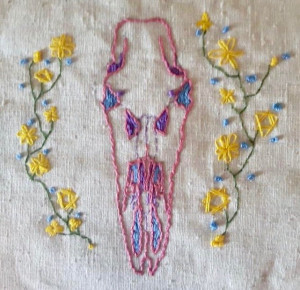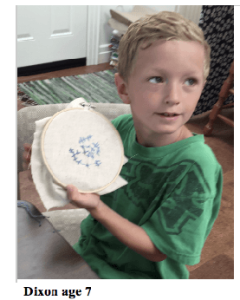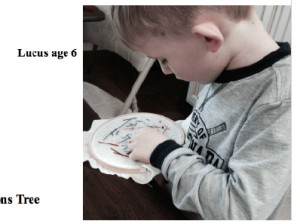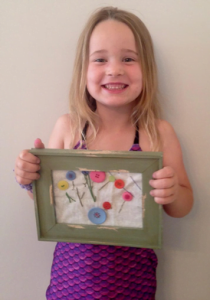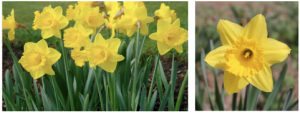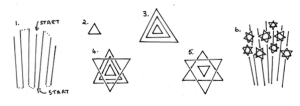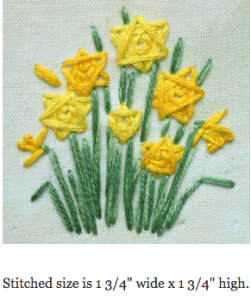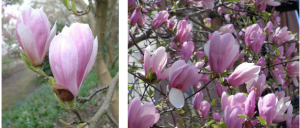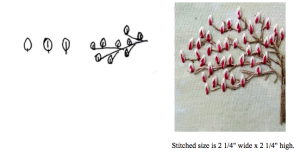Sometimes it is difficult to understand the power of one person living in a world of billions of others. Here’s a little exercise to help. Take a moment to think about the breadth and depth of the environmental disasters we face today. Think about the air pollution and the health effects we experience when we breathe that air. Think about the serious water issues we face: the pollution, the scarcity, the looming wars over water. Think about the deteriorating soil quality, the dying oceans, the endangered wildlife, the increasing occurrences of wild fires that each year are more severe than the last. And think about the critical issue of global warming and its ramifications for everyone and everything around the world.

Now think about this: Every one of these problems has been created by us humans over a relatively short period of time. By “us” I don’t mean large groups or global populations acting in concert. This disaster has been created by individuals acting independently. By “us” I am referring to you, me, our spouses, each of our children, our grandfathers, our grandmothers, our cousins . . . Our current crisis was created by each of us acting independently and establishing a personal and professional lifestyle that was environmentally deaf, dumb and blind.
The needed coordination between governments and industry to turn this crisis around will never succeed if we as individuals don’t join in the efforts. If the same number of individuals who created the problem focused on what they need to do on the personal level to live an environmentally conscious life, we could turn the global problems around in an amazingly short time. I believe in the power of the individual and I believe in the importance of our acting responsibly as individuals without waiting for the right leader or group. In actuality, it’s the power of the individual that leads the way.
Now imagine what we individuals could accomplish if we teamed up with the greatest authority in the field of balance — nature — to help us personally to make the best decisions for improving our lives and our planet.
Reprinted with the permission of Machaelle Wright of Perelandra-ltd.com









